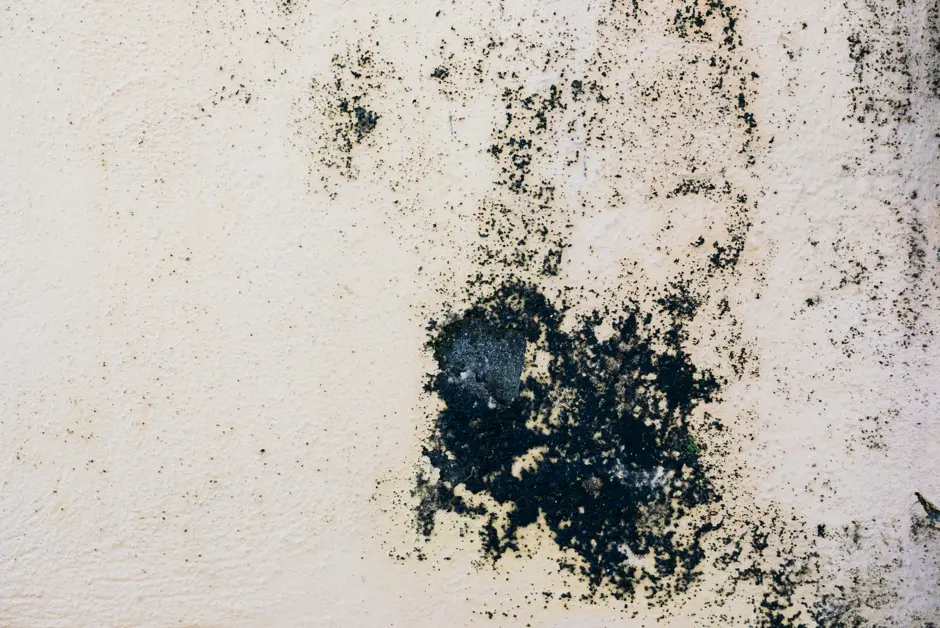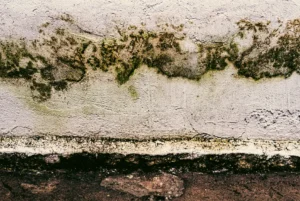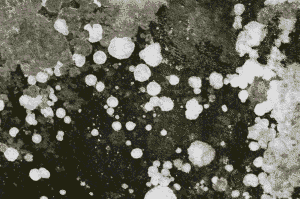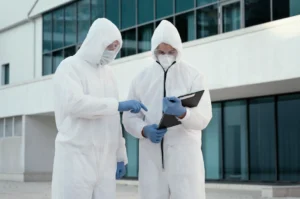Black mold is a term that haunts every homeowner. Those dark patches of fungus in your home not only look bad but also bring a lot of diseases. Also, it damages your wall structure. Whether you’ve found mold in the bathroom, basement, or anywhere, get it treated as soon as possible.
Our basic topic was: Is black mold dangerous? The answer is yes, it’s dangerous if left untreated. Let’s discuss this in detail for better understanding, and how you can get rid of it.
Is Black Mold Dangerous?
Yes, especially when exposure is prolonged or the person exposed is going through health issues. Not everyone reacts to black mold the same way. While some may only notice mild allergy-like symptoms, others may face serious health issues.
Common Symptoms of Black Mold Exposure:
- Persistent coughing or sneezing
- Irritated eyes or skin
- Headaches or dizziness
- Fatigue or brain fog
- Difficulty breathing
- Nasal congestion or sinus infections
Who’s Most at Risk of Mold?
While black mold is dangerous for everyone, there are certain people who may suffer a lot in case of mold exposure. They could be:
Children and Infants
Young lungs are still developing, and mold spores or mycotoxins can irritate their respiratory systems more easily. In some cases, exposure may even trigger asthma or worsen existing conditions.
Senior citizens
Older adults may already have weakened immune systems or existing respiratory problems, putting them at greater risk for complications.
People with Asthma or Allergies
Mold is a common asthma trigger. For individuals with mold allergies, even minimal exposure can lead to intense reactions, wheezing, shortness of breath, chest tightness, and more.
Immunocompromised People
Those undergoing chemotherapy, living with autoimmune diseases, or recovering from surgery are especially vulnerable. Their bodies may not be able to fight off the inflammation and infections that mold exposure can cause.
Also Read: What Kills Mold? Effective Mold Removal Tips & Solutions
How Does Black Mold Grow in Homes?
Mold needs three things to grow: moisture, warmth, and a food source. Unfortunately, homes offer plenty of all three.
Some common places where black mold thrives include:
- Leaky roofs and ceilings
- Damp basements
- Bathrooms without proper ventilation
- Areas with past flooding
- Behind wallpaper or drywall
It only takes 24 to 48 hours for mold to start growing once conditions are right. So, even a minor water leak can lead to a much bigger issue over time.
How to Tell If You Have Black Mold?
Not all dark patches are black mold. Mildew, soot, or even dirt can sometimes look similar. So how can you tell if what you’re seeing is dangerous?
Signs of Black Mold:
- A strong, musty, earthy smell that doesn’t go away
- Slimy or fuzzy texture on walls or ceilings
- Dark green, black, or gray appearance
- Stains that keep reappearing after cleaning
If you’re unsure, the safest route is to get it tested. Many local environmental or restoration services offer mold testing, which can confirm the type and severity of the problem.
What to Do If You Find Black Mold?
If you discover black mold in your home, don’t panic, but don’t ignore it either. The longer you wait, the more it can spread and worsen both structurally and health-wise.
Step 1: Don’t Disturb It
Scrubbing or spraying black mold without proper protection can release more spores into the air. Avoid DIY solutions unless the mold is on a small, non-porous surface.
Step 2: Fix the Moisture Source
Before removing the mold, stop it from growing. Repair leaks, improve ventilation, or install a dehumidifier to keep humidity levels below 50%.
Step 3: Call a Professional
For mold that covers more than 10 square feet or grows on porous materials like drywall, insulation, or wood, professional remediation is strongly recommended. Experts will seal off the area, remove contaminated materials safely, and sanitize the space thoroughly.
Step 4: Don’t Move Back Too Soon
Even after visible mold is gone, spores may linger in the air or behind walls. Air quality testing ensures the area is safe to reoccupy, especially if vulnerable individuals are involved.
Can You Prevent Black Mold?
Yes, you can prevent mold. Keep the moisture levels in check as the best defense.
Mold Prevention Tips:
- Use exhaust fans in bathrooms and kitchens
- Clean and dry water spills quickly
- Regularly inspect roofs, plumbing, and basements
- Keep indoor humidity between 30-50%
- Don’t ignore small leaks; they can lead to big problems
Also, consider using mold-resistant drywall or paints in areas prone to dampness, such as basements and bathrooms.
Final Thoughts
Black mold is not always a disaster, but it is a warning sign that may lead to a disaster. Whether it’s a patch on your bathroom ceiling or a stain in your basement corner, don’t ignore it. Take steps to identify and remove it as soon as possible.
Spotted black mold? Don’t neglect it and contact NYC Lead & Mold. Our team will identify the source of mold growth and fix it right there. Also, we provide mandatory mold control treatment to avoid further growth.
Feel free to call us anytime and schedule an appointment.






